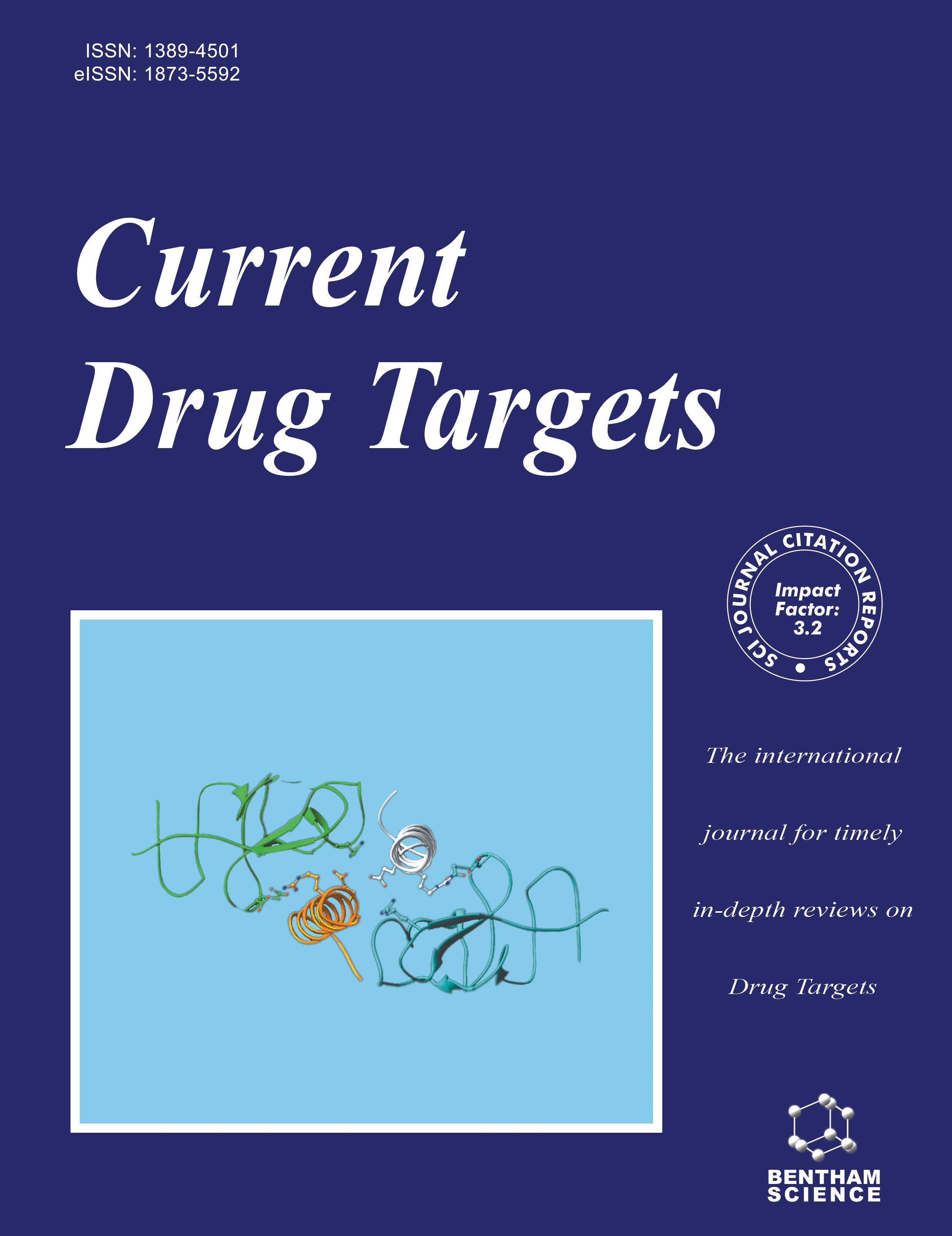
Full text loading...
We use cookies to track usage and preferences.I Understand
Vitamins play a crucial role in cellular functions like cell cycling and proliferation, differentiation, and apoptosis. These also help in the induction of cell cycle arrest and/or apoptosis. They can inhibit normal prostatic epithelial cell growth and might be helpful for the prevention of prostate cancer (PCa). Many essential vitamins including the fat-soluble vitamins (vitamin A, vitamin D, vitamin E, and vitamin K) and the water-soluble vitamins (vitamin B complexes and vitamin C) have a huge impact on the inhibition of growth and progression of PCa. Vitamins show anticancer properties and are involved in regulatory processes like the DNA repairing process, which inhibit the growth of PCa. Consumption of multivitamins prevents methylation of cancer cells and possesses an enormous potential that can be applied for the prevention as well as in the management of PCa. They have a great role in the inhibition of different signalling pathways involved in PCa. Moreover, they have also displayed a significant role in targeting of PCa with various nanocarrier systems. This review encompasses the recent studies about the individual actions of different vitamins and vitamin analogs, the combination of vitamins, and their efficient functions in various therapeutic and targeting approaches for PCa.

Article metrics loading...

Full text loading...
References


Data & Media loading...

